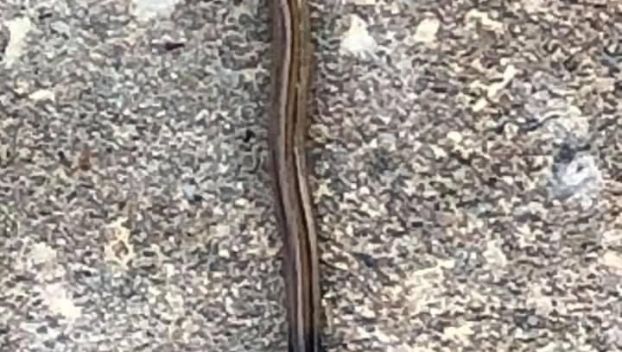
Uncategorized
Hammerhead worms on the rise in Louisiana
BATON ROUGE — An invasive, wriggling creature with a head that resembles a hammer has been showing up ... Read more

BATON ROUGE — An invasive, wriggling creature with a head that resembles a hammer has been showing up ... Read more